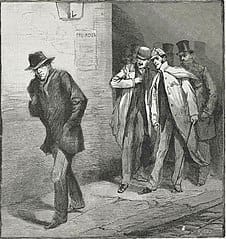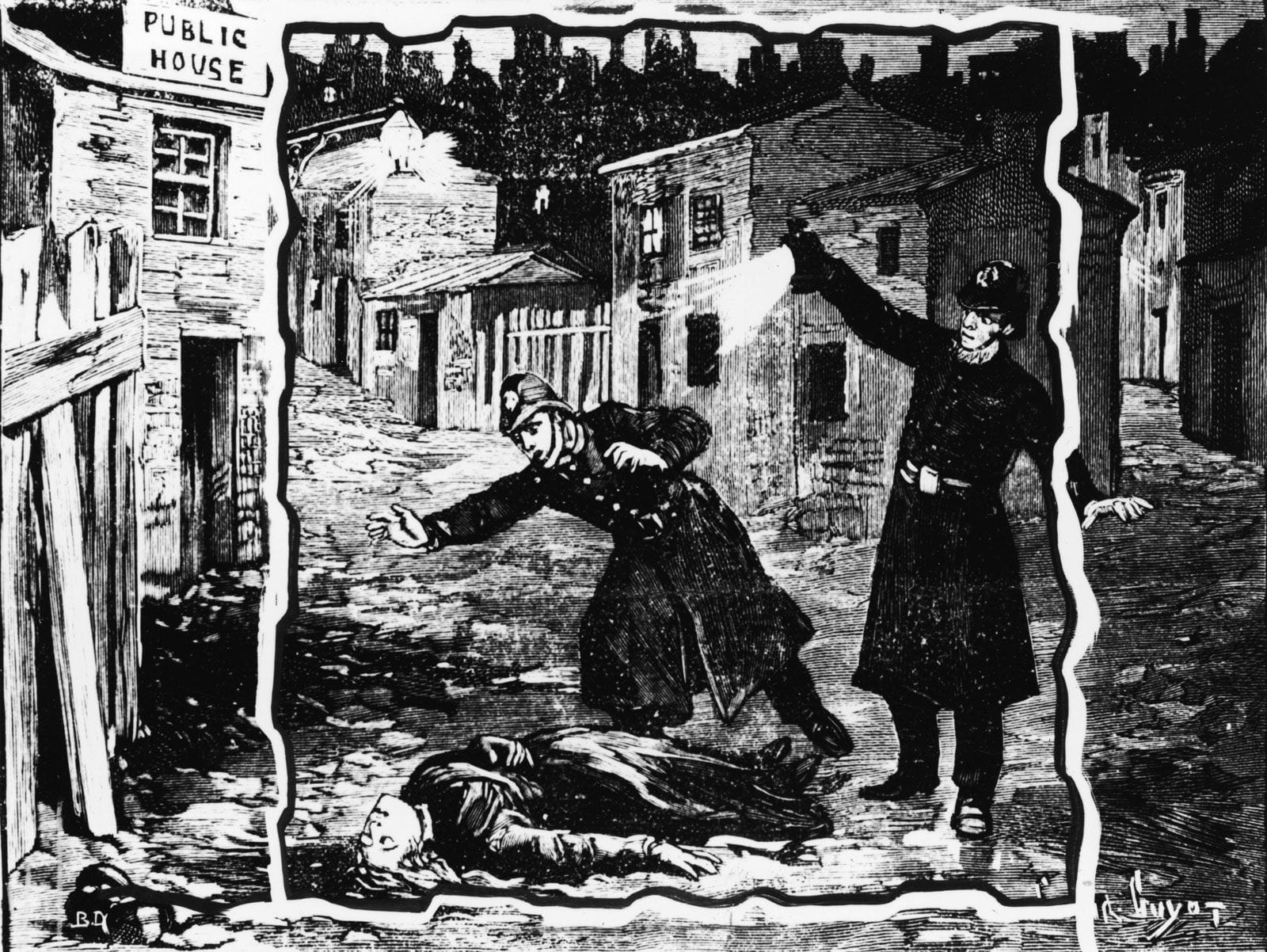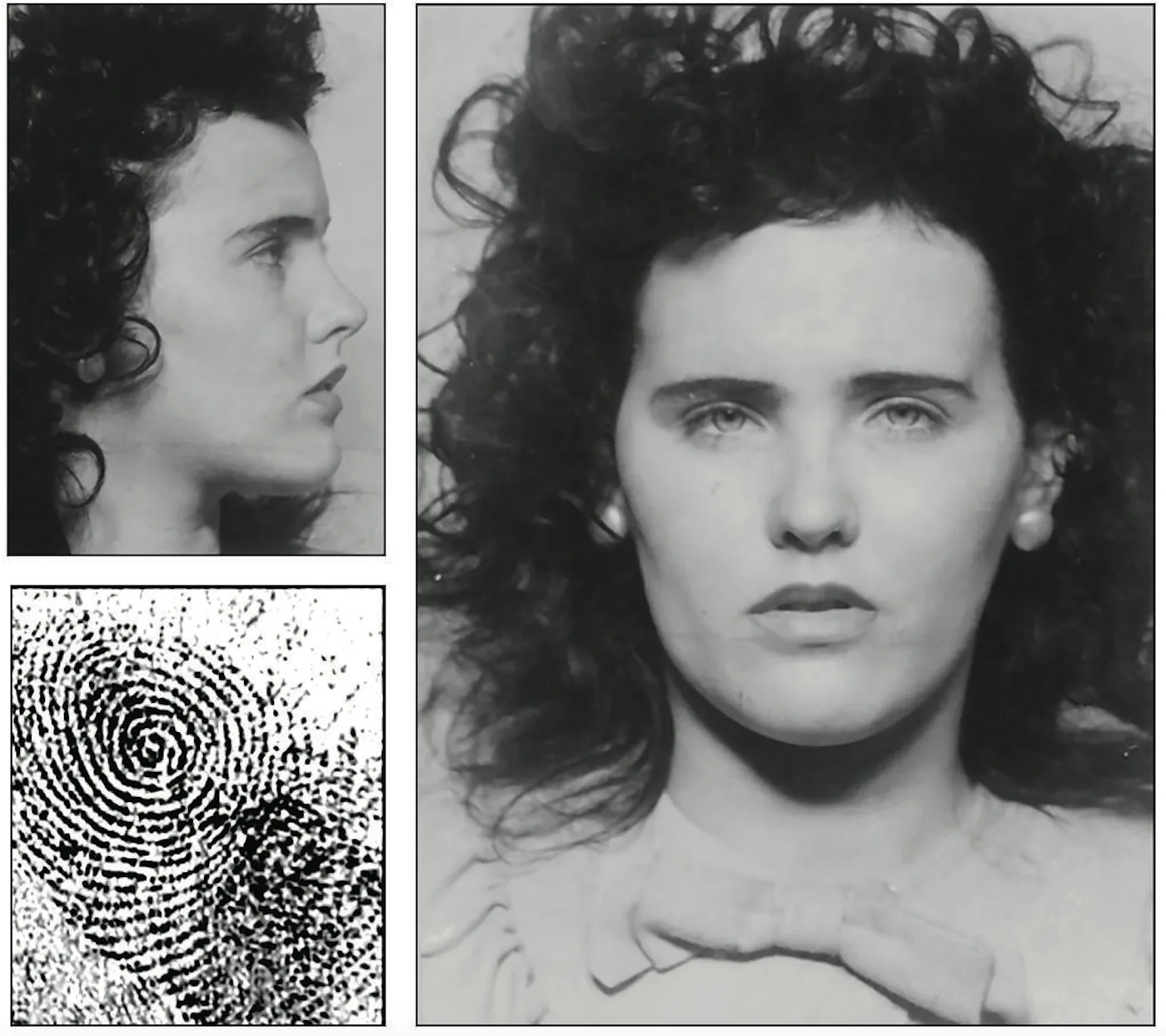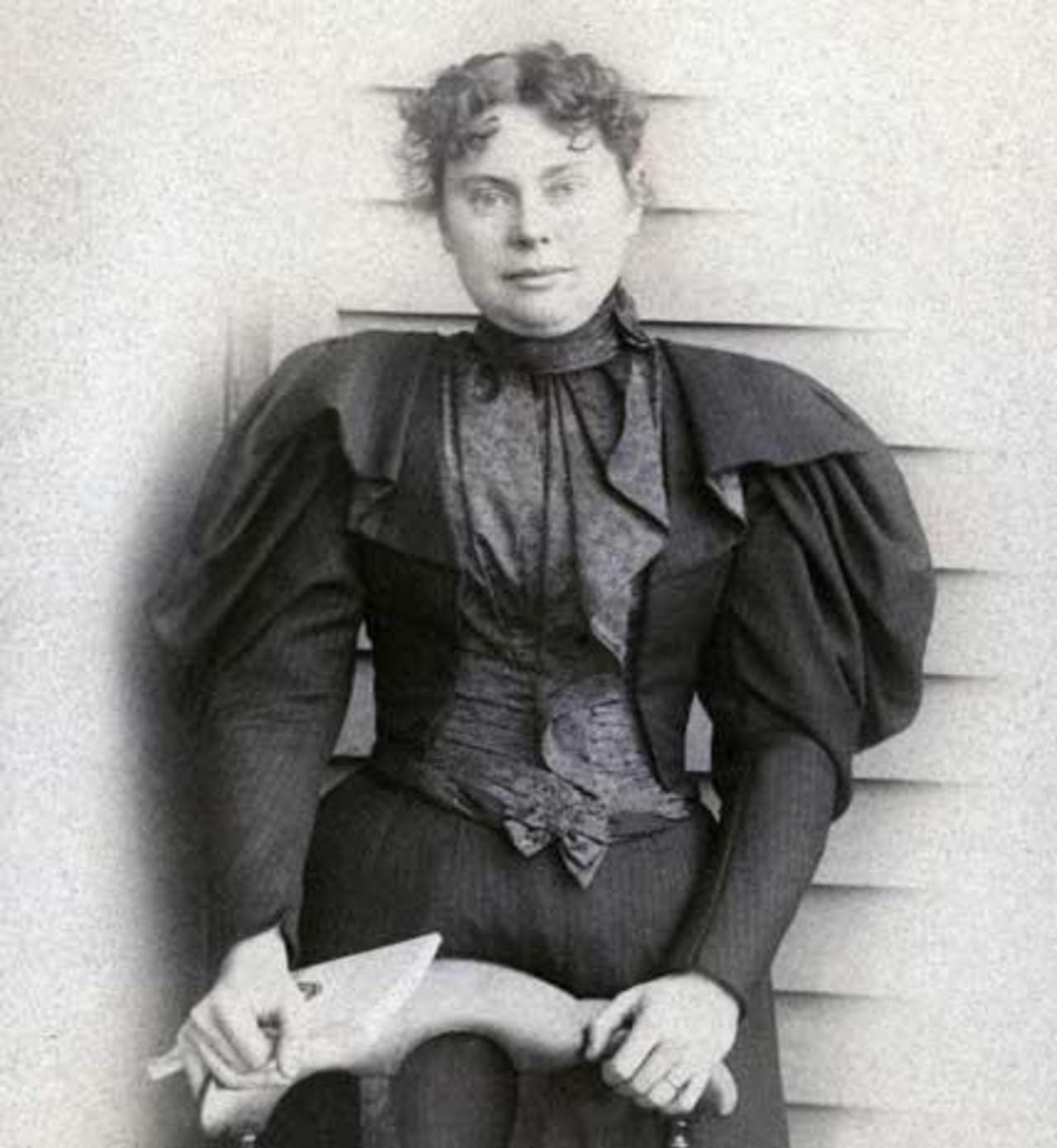Mystery and Murder: The Unresolved Enigmas of Jack the Ripper, the Black Dahlia, and the Borden and Menendez Families
• public
In the annals of criminal history, few cases captivate the public imagination quite like those of Jack the Ripper, the Black Dahlia, and the notorious Borden and Menendez family murders. These cases, despite extensive investigations and widespread media attention, remain shrouded in mystery and speculation. Why do some crimes, despite the advancements in forensic science and investigative techniques, elude resolution? What is it about these particular cases that continue to intrigue and baffle experts and enthusiasts alike?
This article delves into the historical and forensic complexities of these infamous cases, exploring the context and the ongoing quest for answers. Through the lens of modern forensic science and historical analysis, we will examine the enduring mysteries of Jack the Ripper’s reign of terror in Victorian London, the brutal and unsolved murder of Elizabeth Short, known as the Black Dahlia, and the sensational family murders that shocked America – the Borden axe murders and the Menendez brothers’ parricide. By understanding these cases, we gain insight into the challenges of criminal investigation and the persistent allure of unsolved mysteries.
Unsolved Historical Murders: Jack the Ripper, Black Dahlia, Borden, and Menendez Cases Examined

The Infamous Jack the Ripper
The autumn of 1888 witnessed a series of gruesome murders in London’s East End, attributed to an unidentified assailant known as Jack the Ripper. Operating in the impoverished Whitechapel district, the Ripper’s reign of terror involved the brutal killings of at least five women, all of whom were engaged in prostitution. These murders were characterised by deep throat slashes, abdominal mutilations, and the removal of internal organs, indicating a disturbing level of anatomical knowledge and a chilling modus operandi.
The Ripper’s identity has never been conclusively determined, despite the plethora of theories and suspects proposed over the years. The case represents a pivotal moment in forensic history, where early investigative techniques such as crime scene analysis, autopsy, and the burgeoning field of criminal profiling were employed. The media’s role in sensationalising the murders also marked the beginning of the press’s profound influence on public perception of criminal cases.

The Black Dahlia: A Hollywood Horror
Fast forward to January 15, 1947, and the discovery of Elizabeth Short’s mutilated body in a vacant lot in Los Angeles ushered in one of America’s most infamous unsolved murders. Dubbed the Black Dahlia, Short’s murder was marked by its grotesque nature: her body was severed at the waist, completely drained of blood, and her face slashed from the corners of her mouth to her ears, creating a ghastly ‘Glasgow smile’.
Elizabeth Short, a hopeful actress with striking black hair and a penchant for nightlife, became an overnight sensation, not for her film roles, but for her brutal end. The investigation into her murder involved extensive questioning of potential suspects, widespread media coverage, and the use of forensic techniques such as fingerprinting and blood analysis. Despite these efforts, her killer remains unidentified, leaving the Black Dahlia case as a dark chapter in the annals of Hollywood history.

The Borden Murders: A Family Feud
In the quiet town of Fall River, Massachusetts, on August 4, 1892, Andrew and Abby Borden were found hacked to death in their home. The primary suspect was Andrew’s daughter, Lizzie Borden, who was later acquitted of the murders despite compelling circumstantial evidence. The Borden murders were characterised by their brutality: Andrew was struck multiple times in the face while he napped on the sofa, and Abby was found upstairs, having been attacked from behind and struck numerous times in the head.
Lizzie Borden’s trial was a media sensation, rivalling the notoriety of modern celebrity trials. The case highlighted the limitations of forensic science in the late 19th century, as investigators struggled with issues such as bloodstain interpretation and the absence of concrete forensic evidence linking Lizzie to the crime.

The Menendez Brothers: Modern Parricide
On the night of August 20, 1989, José and Kitty Menendez were brutally murdered in their Beverly Hills home by their sons, Lyle and Erik. Initially, the brothers claimed they had discovered the bodies upon returning home, but their extravagant spending in the months following the murders raised suspicions. The subsequent investigation and trial revealed a complex web of familial abuse and psychological turmoil, with the brothers alleging long-term sexual and emotional abuse at the hands of their father.
The Menendez case, unfolding in the media-saturated landscape of late 20th-century America, underscored the evolving nature of forensic investigation, psychological profiling, and the public’s fascination with the private lives of the affluent. The trials, broadcast extensively, offered a window into the dynamics of a wealthy but deeply troubled family, ultimately ending in the brothers’ conviction for first-degree murder.
These cases, spanning more than a century, illuminate the persistent challenges and advancements in the field of forensic science. From the rudimentary techniques of the 19th century to the complex psychological and forensic analyses of the late 20th century, each case provides a unique lens through which to examine the intersection of crime, society, and the relentless pursuit of justice.
The Enigma of Jack the Ripper: An Unsolved Victorian Serial Killer

The Jack the Ripper case remains one of the most perplexing in the annals of criminal history. The killer’s modus operandi, which involved the brutal mutilation of victims, set a precedent for the study of serial crimes. Despite numerous suspects, including prominent figures like Prince Albert Victor and the artist Walter Sickert, the Ripper’s identity remains a mystery.
Forensic Techniques and Insights
The use of early forensic techniques, such as the examination of bloodstains and the analysis of the victims’ wounds, provided insights into the Ripper’s methods. For instance, the absence of sexual assault suggested a motive rooted in power and control rather than sexual gratification. The escalation in violence from the first to the last canonical victim indicated a growing compulsion, a common trait among serial killers. Modern forensic psychologists might argue that the killer exhibited signs of a psychopathic personality, characterised by a lack of empathy and a propensity for violence.
Alternative Theories and Debates
Some theorists propose that Jack the Ripper could have been a woman, citing the possibility that a female killer would have aroused less suspicion while moving through Whitechapel’s streets at night. However, the level of physical strength required to commit such violent acts, combined with the anatomical knowledge suggested by the precision of the mutilations, supports the theory of a male perpetrator with medical or butchery skills.
The Black Dahlia: A Hollywood Murder Mystery

Elizabeth Short’s murder in 1947, infamously known as the Black Dahlia case, shares eerie similarities with the Ripper’s modus operandi in terms of mutilation and public display. Short’s body, found bisected and drained of blood, points to a killer with a penchant for theatricality and a deep-seated psychological disorder.
Investigation and Forensic Evidence
The extensive investigation into Short’s background and her relationships revealed a lifestyle that placed her in frequent contact with potentially dangerous individuals. The presence of rope marks on her wrists, ankles, and neck suggested prolonged torture, aligning with the profile of a lust murderer who derives pleasure from the suffering of victims. Forensic analysis at the time, including the use of fingerprinting and blood type matching, though rudimentary by today’s standards, was advanced for the era and critical in piecing together the victim’s final hours.
Media Influence and Investigation Challenges
Critics argue that the intense media coverage and the subsequent public frenzy might have compromised the investigation, leading to numerous false leads and confessions. While it is true that the media’s role was significant, the fundamental forensic findings remain unchallenged. The enduring mystery of the Black Dahlia case underscores the limitations of forensic science in the face of overwhelming public and media pressure.
The Borden Murders: Uncovering the Truth Behind Familial Homicide

The Borden murders of 1892 present a classic example of familial violence, complicated by the limitations of 19th-century forensic science. Lizzie Borden’s acquittal, despite the compelling circumstantial evidence, highlights the difficulties in securing convictions without definitive forensic proof.
Evidence and Forensic Limitations
The primary evidence against Lizzie Borden included her inconsistent statements, the mysterious burning of a dress, and the presence of a hatchet head with a broken handle, suspected to be the murder weapon. However, the lack of blood on Lizzie’s person and clothing raised doubts about her guilt. Modern forensic techniques, such as blood spatter analysis and DNA testing, might have provided the crucial evidence needed for a conviction.
The psychological profile of Lizzie Borden also suggests a possible motive rooted in resentment and financial gain. Her strained relationship with her stepmother and her father’s frugality could have driven her to commit the murders. However, the jury’s reluctance to convict a woman of such brutal crimes without irrefutable evidence reflects societal attitudes towards female criminality at the time.
Alternative Suspects and Theories
Some historians argue that an unknown assailant could have committed the murders, possibly motivated by robbery or personal vendetta. Yet, the lack of forced entry and the intimate nature of the attacks make this scenario less plausible. The forensic evidence, albeit circumstantial, consistently pointed towards someone within the household, with Lizzie Borden being the most likely suspect.
The Menendez Brothers: Psychological Trauma and Parricide

The Menendez brothers’ murder of their parents in 1989 shocked the American public and raised significant questions about the impact of familial abuse on psychological well-being and criminal behaviour. Lyle and Erik Menendez claimed long-term sexual and emotional abuse as the driving force behind their actions, bringing the role of psychological trauma in criminal cases to the forefront.
Forensic Findings and Psychological Testimony
The forensic investigation revealed that the brothers had used shotguns to kill their parents, with the brutality of the attack suggesting a deep-seated rage. The subsequent lavish spending spree raised suspicions and ultimately led to their arrest. During the trial, psychological experts testified about the effects of prolonged abuse, arguing that the brothers’ actions were a result of extreme psychological distress.
The case highlighted the complexities of criminal psychology, where the line between victim and perpetrator becomes blurred. The brothers’ detailed accounts of abuse, corroborated by their relatives, provided a compelling narrative that influenced public opinion and the jury’s initial deadlock.
Scepticism and Legal Arguments
Critics contend that the Menendez brothers’ claims of abuse were fabricated to gain sympathy and avoid the death penalty. The prosecution argued that the murders were premeditated acts driven by greed and the desire to inherit their parents’ fortune. While the abuse allegations were a significant factor, the forensic evidence of planning and execution ultimately led to their conviction for first-degree murder.
The Notorious Unsolved Mysteries

The cases of Jack the Ripper, the Black Dahlia, the Borden murders, and the Menendez brothers offer profound insights into the complexities and challenges of criminal investigations. The enigmatic Jack the Ripper's identity remains a mystery, highlighting early forensic limitations and the enduring intrigue of serial killers. The Black Dahlia case underscores the impact of media on criminal investigations and the persistent challenges in solving brutal homicides. Lizzie Borden’s trial reflects the societal and forensic constraints of the 19th century, while the Menendez brothers’ case illustrates the intricate interplay between psychological trauma and criminal behaviour.
Implications for Forensic Science and Future Research
These cases underscore the importance of continuous advancements in forensic science and the need for a nuanced understanding of criminal psychology. The unresolved nature of these cases invites further exploration into more sophisticated forensic methods, such as advanced DNA analysis and psychological profiling. Additionally, the role of media and public perception in shaping investigations warrants critical examination, as does the societal context that influences judicial outcomes.
Reflecting on Modern Forensics: A Call to Engage
As we delve into these historical mysteries, we must consider the broader implications for contemporary criminal justice. How can modern forensic science overcome the challenges that stymied past investigations? What lessons can we learn from these cases to prevent similar judicial oversights in the future? Reflecting on these questions encourages a deeper engagement with the evolving field of forensic science and its crucial role in delivering justice.
These unresolved mysteries not only captivate our imagination but also drive us to improve our methods and understanding, ensuring that future investigations are more precise and just. The pursuit of truth in these cases continues to inspire advancements in forensic science, urging both professionals and the public to remain vigilant and innovative in the quest for justice.
